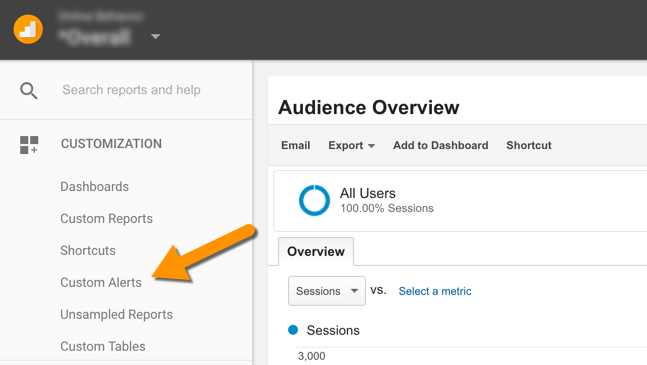How can we be more useful to our customers today?
That's the simple question that drives any marketing organization focused on testing, improvement, and growth.
But answering the question is not always so simple in our data-rich world. The old challenge of gathering enough data has been replaced by a new one: gleaning insights from the mountains of data we’ve collected — and taking action.
In response to this flood of data, many of today's most successful businesses have turned to a new approach: building what's called a culture of growth and optimization.
This growth-minded culture is one where everyone is ready to:
Because they'll be leading the revolution. 86% of CMOs and senior marketing executives believe they will own the end-to-end customer experience by 2020, according to a recent survey from the Economist Intelligence Unit.1 And a culture of growth and optimization offers an excellent path to major gains in those experiences.
As testing and optimization proves itself, it tends to generate higher-level investments of support, talent, and resources. The payoff arrives in the form of more visitors, more sales, happier customers and a healthier bottom line.
If you're curious about building a culture of optimization in your marketing organization, register for our Nov. 10 webinar, Get Better Every Day: Build a Marketing Culture of Testing and Optimization.
This webinar will cover:
That's the simple question that drives any marketing organization focused on testing, improvement, and growth.
But answering the question is not always so simple in our data-rich world. The old challenge of gathering enough data has been replaced by a new one: gleaning insights from the mountains of data we’ve collected — and taking action.
In response to this flood of data, many of today's most successful businesses have turned to a new approach: building what's called a culture of growth and optimization.
This growth-minded culture is one where everyone is ready to:
- Test everything
- Value data over opinion
- Keep testing and learning, even from failures
"We refuse to believe that our customers’ experiences should be limited by our resources." - Andrew Duffle, Director of Analytics, APMEXWhy should marketers care?
Because they'll be leading the revolution. 86% of CMOs and senior marketing executives believe they will own the end-to-end customer experience by 2020, according to a recent survey from the Economist Intelligence Unit.1 And a culture of growth and optimization offers an excellent path to major gains in those experiences.
As testing and optimization proves itself, it tends to generate higher-level investments of support, talent, and resources. The payoff arrives in the form of more visitors, more sales, happier customers and a healthier bottom line.
If you're curious about building a culture of optimization in your marketing organization, register for our Nov. 10 webinar, Get Better Every Day: Build a Marketing Culture of Testing and Optimization.
This webinar will cover:
- The critical elements of a culture of optimization
- Tips for building that culture in your own company
- A case study discussion with Andrew Duffle, Director of Analytics at APMEX, a retailer that boosted revenues with continuous testing and optimization
We look forward to sharing tips on how you can get started. Happy optimizing!
- The Economist Intelligence Unit, "The Path to 2020: Marketers Seize the Customer Experience." Survey and a series of in-depth interviews with senior executives. Survey base: 499 CMOs and senior marketing executives, global, 2016.











